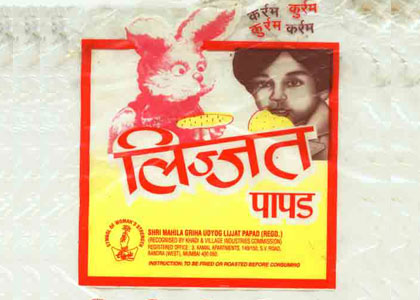Iconic Ads: Ajanta Clocks -Cuckoo Waltz

The combination of a musical clock, a cute grandmother, and an orchestra, delivered a film that was telecast for 20 years.
In the early 90s, Ajanta Clocks had reached out to Mudra. They had a huge inventory of clocks of different types in the warehouse, unsold.
Their godown was packed with tons of clocks, and they were just not making any headway in the market.
At that time, clocks were perceived to be noisy by customers, rightly so, because most clocks created a cacophony at predetermined times. Ajanta however, had clocks, which were aesthetically designed, and had music as chimes.
The market feedback was very clear and specific. People didn’t like the noise that Ajanta Clocks made, and they just weren’t buying them.
A young Prathap Suthan who was briefed on Ajanta’s market problem, figured there was nothing much one could do except to use the problem itself as the solution.
They were stuck with these clocks, there was going to be no product change, and the agency had to use nothing but creative to eventually sell the clocks.
So he looked at it from the opposite perspective. He turned the musical nuisance on its head, and planned to communicate the embedded music as pure delightful enjoyment!
His angle and his conviction was based on one fact. That younger people would tolerate the music a lot better than older people who will forever have a lower threshold to sound – noise and music.
He had decided that he would target the younger customers until Ram Madhvani, the filmmaker/director chosen for making the advertisement, came in for the pre-production meeting.
Prathap had used a young pregnant lady in his script, and Ram in his wisdom suggested that he wanted to replace the young lady with an old lady for the same reasons which Prathap had rejected the idea.
Ram was convinced that the change would make things work – in the sense if an old lady found delight in Ajanta’s music, then it would easily be enjoyed and therefore accepted by the younger target audience and customers.
Ken Griffin’s classic Cuckoo Waltz became the basis for the music which was adapted by Louis Banks.
It was one of the 12 tracks that every Ajanta clock had within it, and Prathap and Louis decided to go along with the Cuckoo Waltz. Who knows, perhaps another track wouldn’t have worked so well.
The combination of a musical clock, a cute grandmother, and an orchestra, delivered a film that was telecast for 20 years.
On the back of this single film, Ajanta rose to become the world’s largest clock manufacturer in 1999-2000 clocking 1 crore timepieces in that year.
It’s a marketing story that quite doesn’t have a parallel in India. From being saddled with a proven liability, to flipping that around creatively to build it into a long lasting strength, and a strong and popular Indian brand.
A big thanks to Prathap Suthan for all his inputs. (Don’t know whether to thank him but he convinced me, through the TVC into buying an Ajanta Clock years ago)



